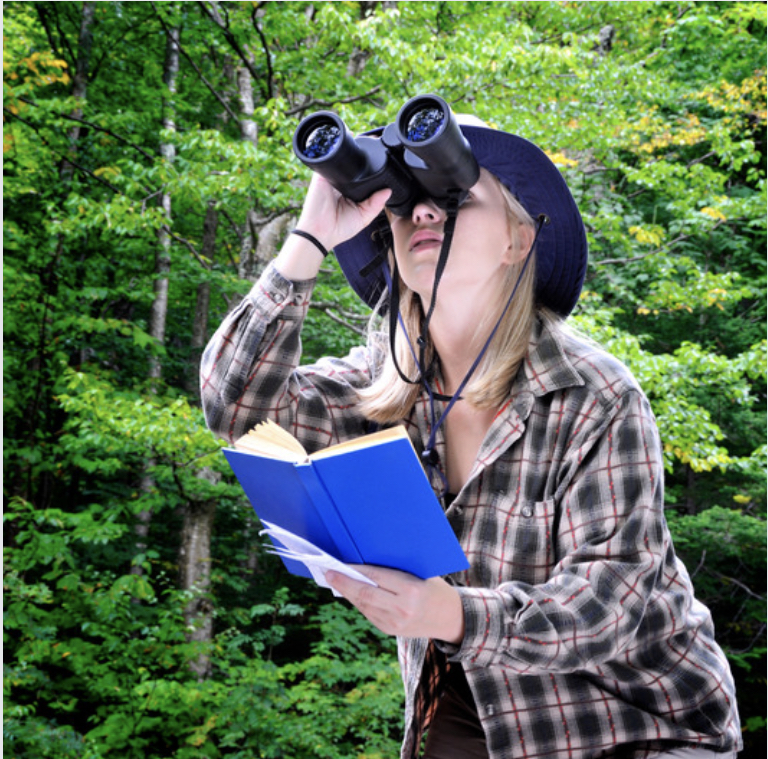January 5 is National Bird Day, started in 2002 to help Americans remember our feathered friends, their contribution to our world, and their fight for survival. While our area is home to many beautiful and unique bird species, here a few you can identify easily in your own yard.

Perhaps the most common bird seen at Mississippi feeders is the Cardinal. Cardinals are typically the first bird to visit feeders in the morning and the last to visit in the evenings, possibly due to less competition with other birds at dawn and dusk. The bright red male also stands out a bit less in the lower light, allowing them to stay hidden from predators. These birds love seeds, and their beaks are built specifically to crack them open. You can attract cardinals to your feeders by using either sunflower seeds (their favorite!), safflower seeds, cracked corn, or shelled peanuts. When the males want to show their partners affections, you can see them feeding their mates “beak to beak”, a fun bird-kiss for photographers to catch. In many cultures Cardinals represent the spirit of a deceased loved one, making them welcome visitors to our windows from time to time.

Mourning Doves are another common visitor year round here in Mississippi. We are almost so accustomed to the sight of them that we take them for granted. But these are neat birds! Did you know: Doves produce milk for their young and feed only milk to their chicks for the first days. During takeoff and landing, the dove’s wings make a whistling sound, due to their wings’ design. The flight feathers at the back of the wing are shaped in a way that created an audible vibration when the wings flutter rapidly. This can sound an alarm to other birds when the Dove has to take off in a panic. Doves hold a special place in Native American culture. The Blackfoot tribe associates the bird with protection, while other tribes associate the bird with love or peace. A word of caution: According to the Audobon Association, Scientists have discovered that lead poisoning from ingestion kills up to 5% of Mourning Doves each year. The birds need grit in order to digest their food properly, and the lead pellets look like gravel. The doves often forage in fields planted to attract them for hunting, so there is an abundance of lead shot on the ground. When they’re not on the ground looking for food, you can see these doves perched high up in trees or on a telephone wire near your home.

One bird you’ll see and hear, but may not fully appreciate is the Red-bellied Woodpecker. (A note about the name: This woodpecker’s head is also red, but not nearly to the extent of the actual Red-headed Woodpecker.) This Woodpecker eats nuts, one of their favorite snacks thanks to their weapon of a beak. But they also eat insects, and are predator to some of our most harmful pests. Woodpeckers have been known to eat up to 95% of the Emerald Ash Borer Beetles in a single tree, nabbing them as larvae before the beetles become invasive and destructive.
For beginner birdwatchers, Birdwatchinghq.com can take you through the top 25 birds you’ll see in Mississippi, though there have been over 400 species of birds recorded around the state. Grab a pair of binoculars and watch a few for yourself. You might find the hobby to be far more entertaining than you expect!



















